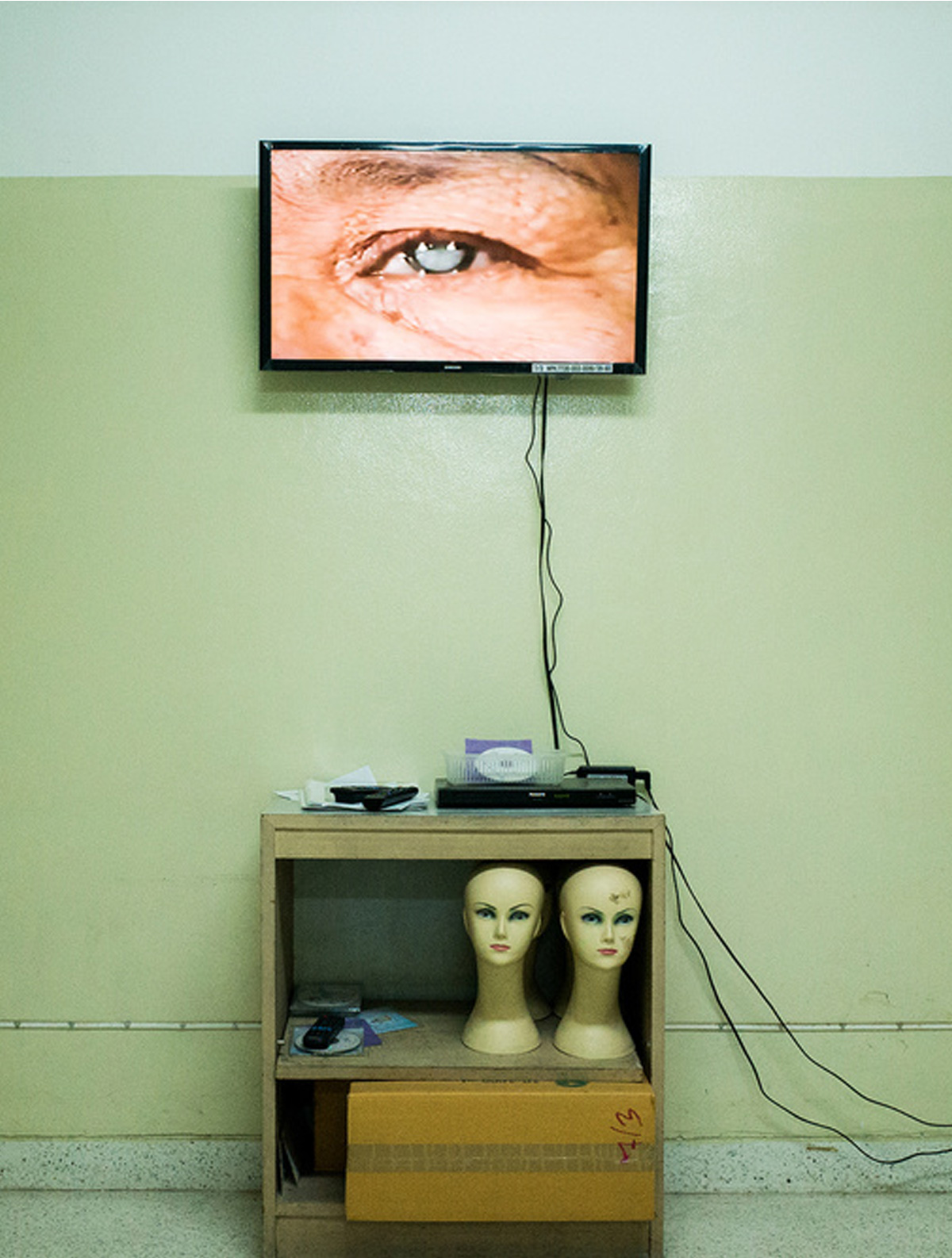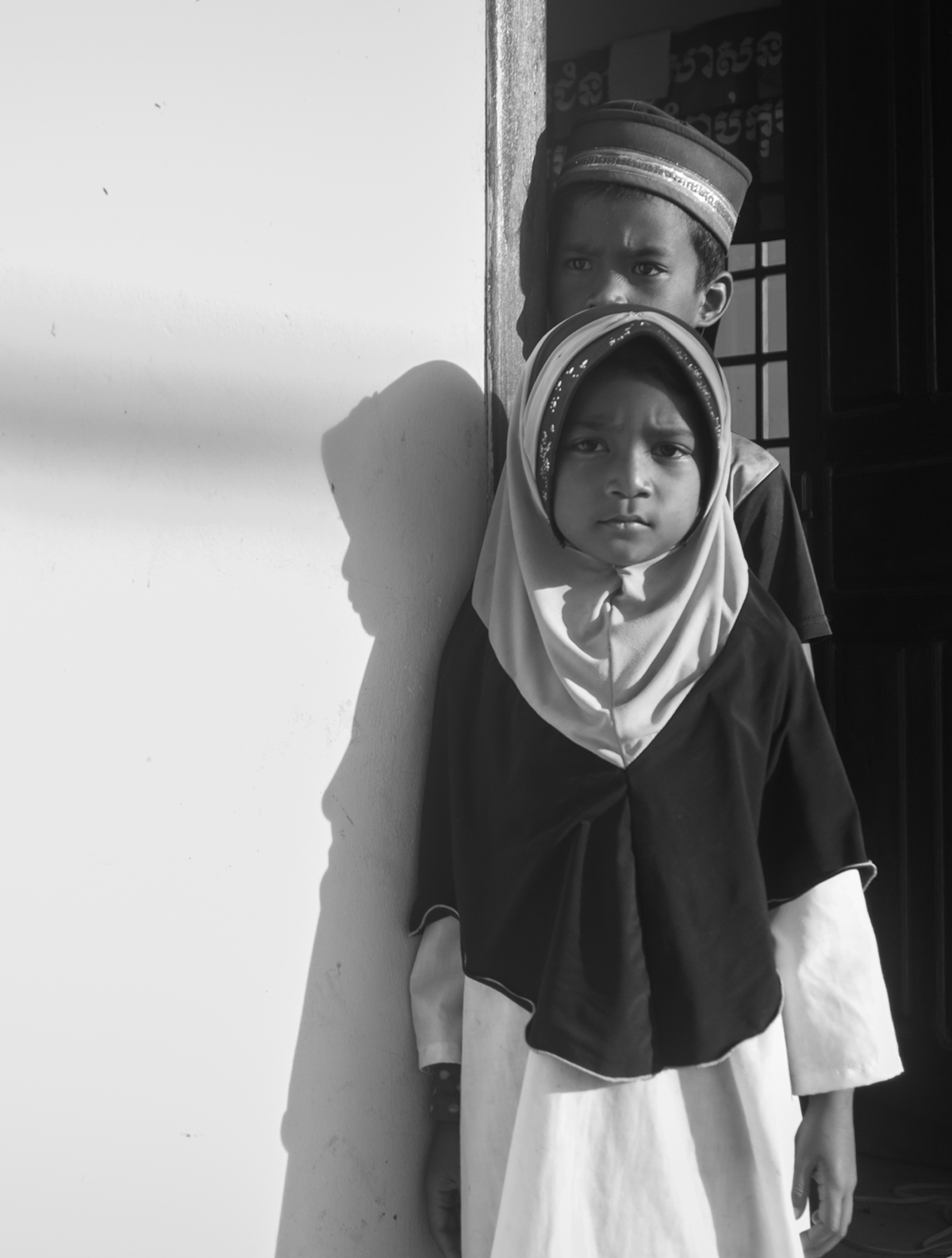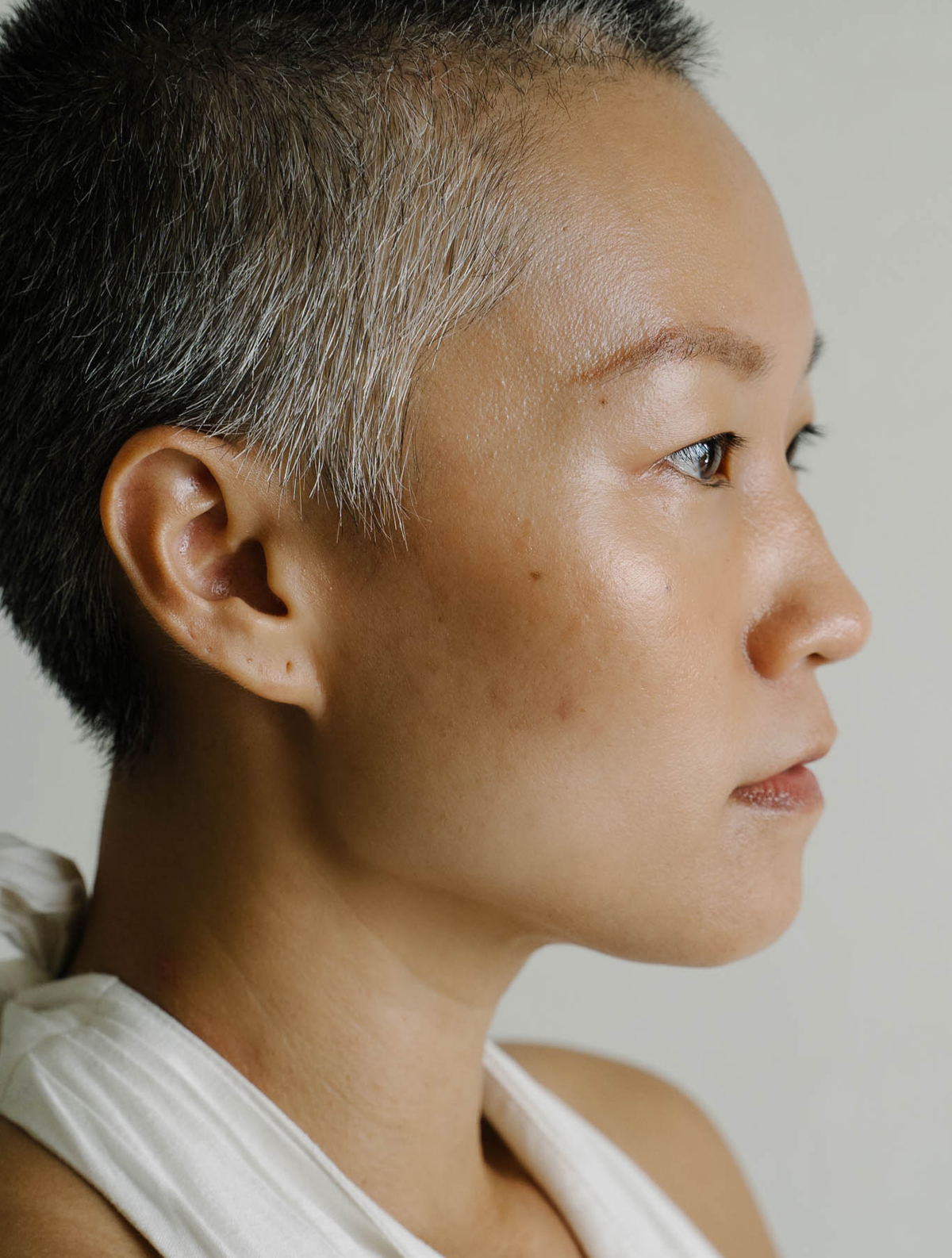Photographs by Zakaria Zainal
Words by Mavic Castro
Published on April 9, 2021
Share this :
Zakaria Zainal documents the role Nepalese soldiers play in Singaporean society. The photographer talks to LINEAL.

“I felt that the best way to tell stories was to use a camera,” Zakaria Zainal says. When he started taking photos in 2009, he used photography as a way to reach out and connect with those who didn’t speak the same language as he did during his internship in Nepal. What first began as a means for communication turned into a medium for Zakaria’s favored subjects — the Gurkhas.
It was during time spent in Nepal that the photographer first learned about the Gurkhas. He met a few of their children and was moved by their situation; “They are born in Singapore but can’t be permanently assimilated into the society. For them, once their fathers retire, they have to return to an unfamiliar place with fewer opportunities. They become strangers in their own homes.”
With this realisation, Zakaria began documenting the Singapore Gurkhas in the same year.
The Gurkhas are soldiers from Nepal initially brought to Singapore under orders from the British Army. They arrive as young as 18 years old and reside at Mount Vernon Cantonment, a small and reserved community with its own schools and temples. They become part of an elite guard and counter-terrorism force, known for their loyalty, professionalism and bravery. The Gurkhas have their contingent unit in the Singapore Police Force, formed all the way back in 1949. They serve many purposes, such as providing security during high-profile events, including the Trump-Kim summit in June 2018, and imposing order during unrest, particularly at the Maria Hertogh and Chinese High School riots in the 1950s, and the Hock Lee Bus strike in 1955. After 15-20 years of service, they return to Nepal. ( Source : National Library Board, Singapore )
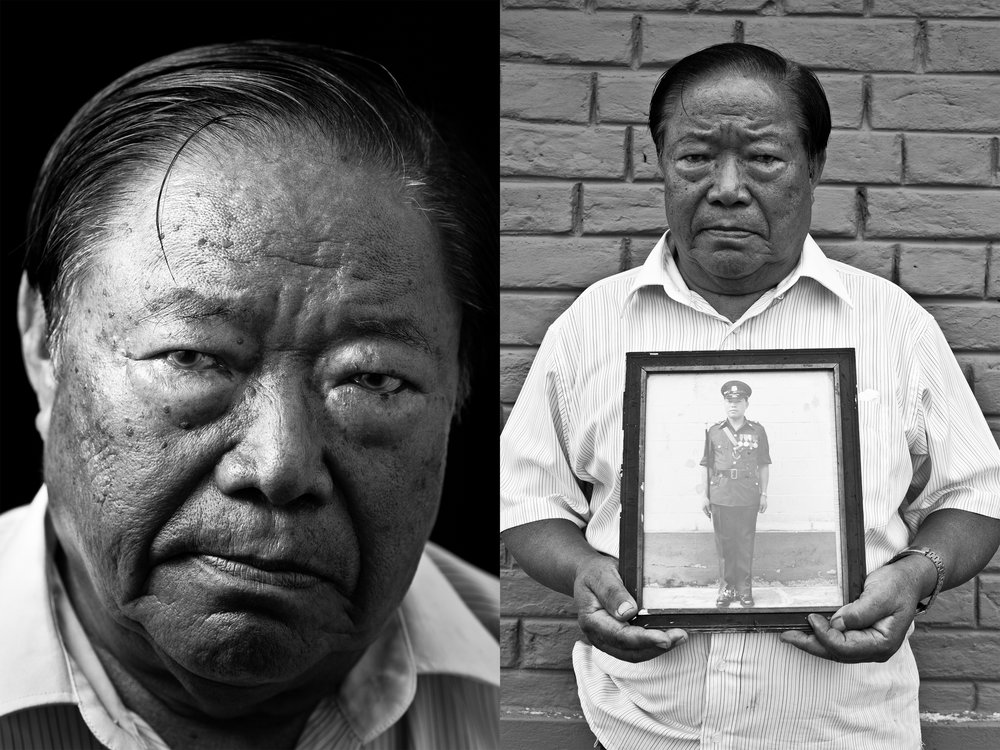
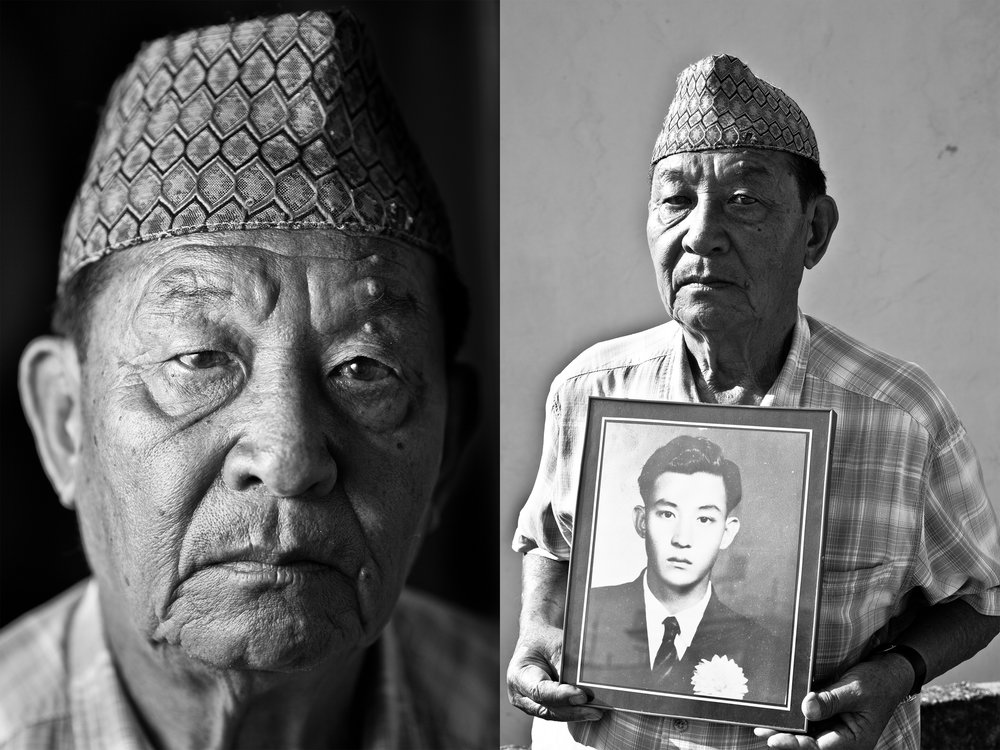
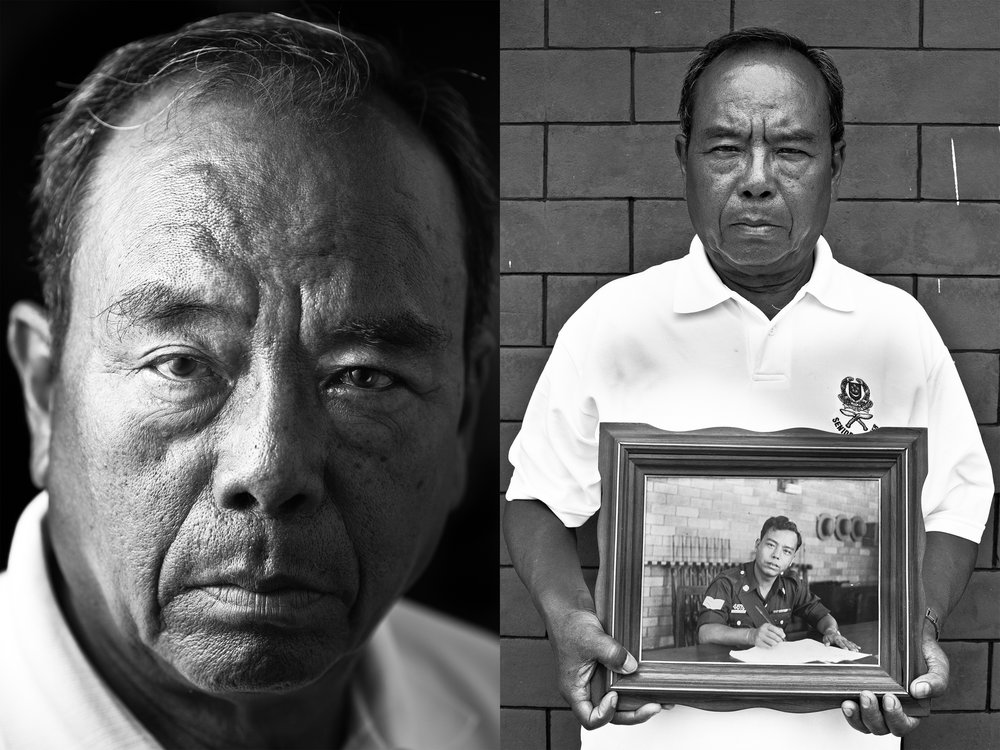
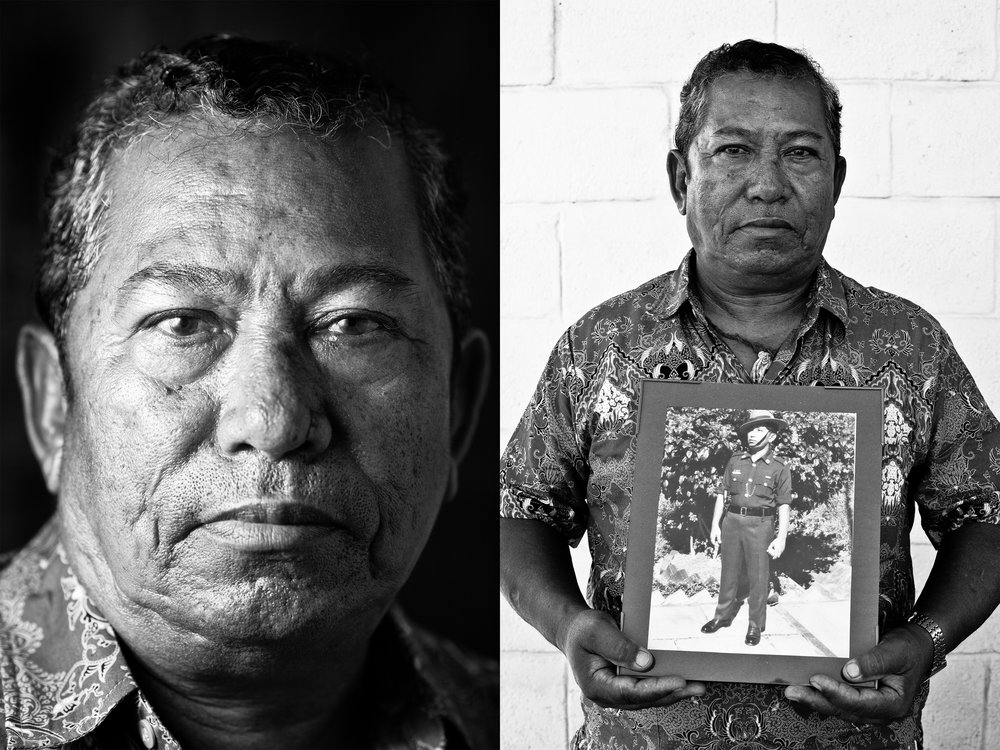
“The problem is we reduce a lot of these people into a single story, but they are so complex and multi-layered,” says the photographer, believing that the Gurkha’s stories deserve to be heard to further understand their identity and the future that they’re bound to create. “There are so many things about them that we miss out on.” Hence, Zakaria created a narrative emphasising what Singapore meant for his subjects, accompanied by stark, deeply personal black and white portraits.
His fascination with his subject led him to publish Our Gurkhas: Singapore Through Their Eyes, an anthology of photographs and anecdotes from retired Gurkhas, and The Invisible Force: Singapore Gurkhas, an illustrated feature that continues to navigate their lives.
He also launched a project, Singapore Gurkha Photography Museum, the first online photographic archive of the community. “The archive is actually their interpretation of what ‘home’ is and what is meaningful to them, and I believe that these archived photos are very important. They should be collected and shared.” The collated photographs are taken from the 1950s until today. They depict intimate stories of the Gurkhas, allowing the public to look beyond stereotypes.
In 2013, he was invited to be a speaker at TED x Singapore. His talk covered his projects, as well as what home means to the Gurkhas. “The idea of home is a fairly fluid concept,” Zakaria says. He has come to understand that for his subjects, albeit being regarded as migrants, home is where they served.
To this day, Zakaria continues to highlight the Gurkhas in his work — a tribute to their service, and a lasting and honest display of respect and understanding.
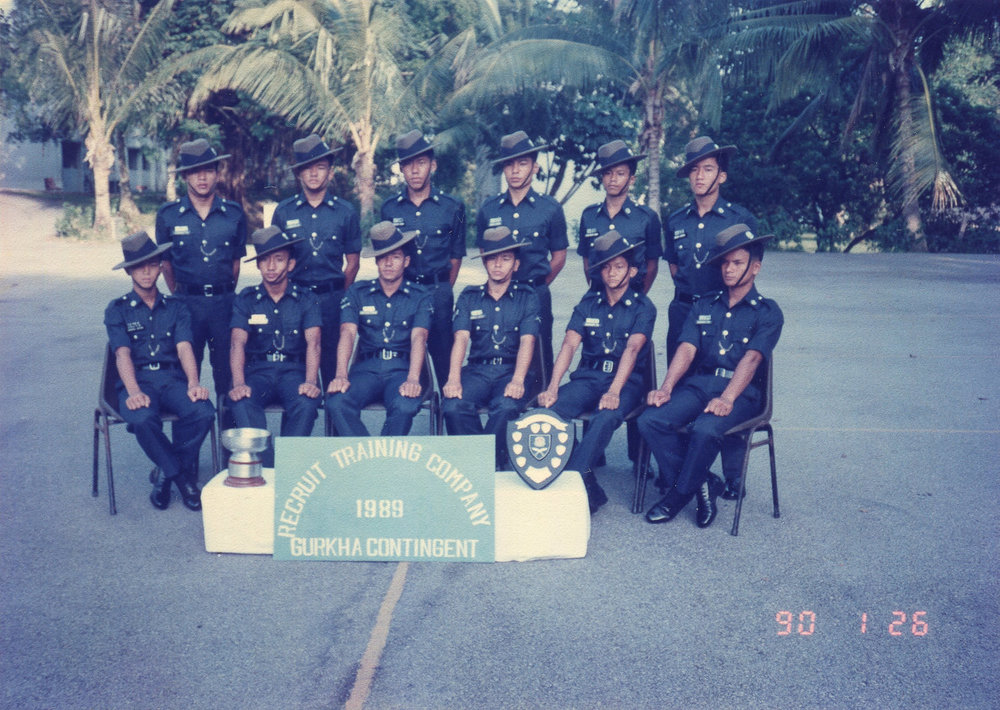
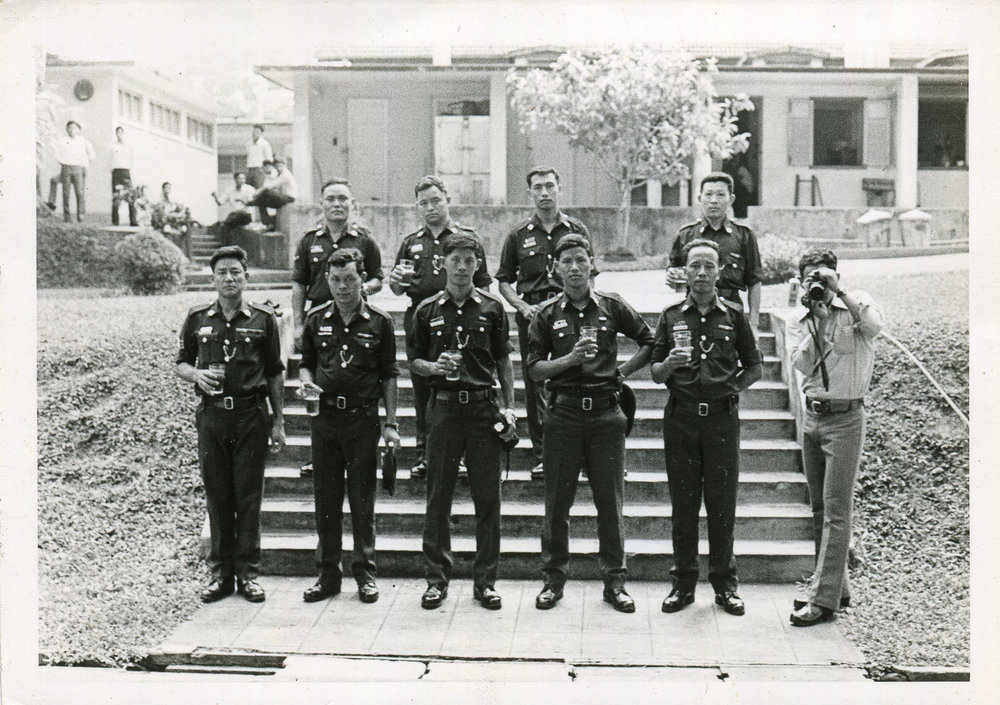
Zakaria Zainal
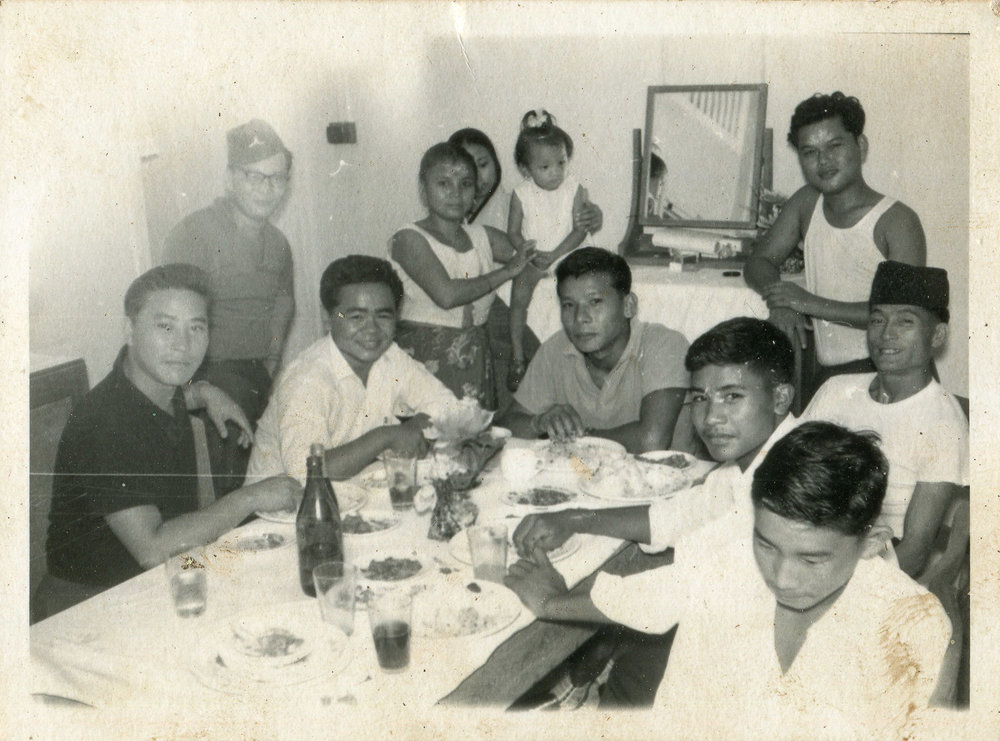
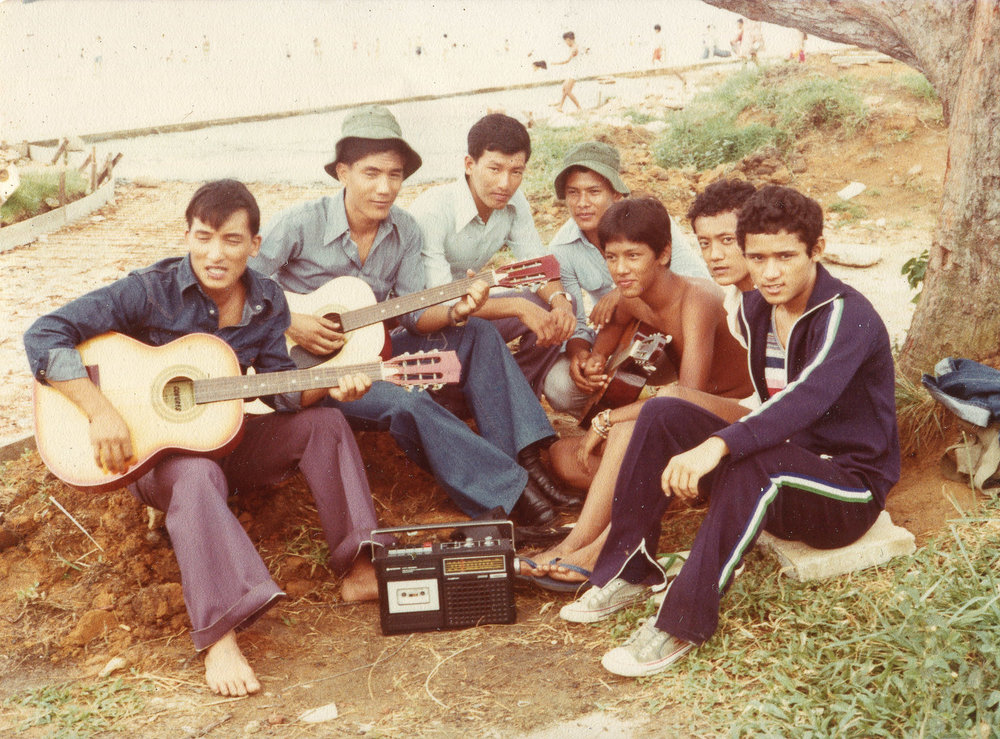
Share this :
Follow us :
ADVERTISEMENT
LATEST ARTICLES
Krerkburin Kernburi’s SurrealLand! Is A Series Of Extraordinary Photos Of Ordinary Days Of Our Lives
In Conversation: Lam Gia Khang Promotes Balance and Stillness Through Minimal Design
“Cham Community Project” – A Redemptive Celebration Of Muslim Community In Siem Reap
SIMILAR ARTICLES
In Conversation: Jasmine Tuan Contemplates Her Journey From Shopaholic To Zero Waste Proponent
Nicole Liew Is A Face To Watch. She Hopes For Our World To Become Kinder.
Re-titled From “How She Loves” To “How They Love”: A Retrospective Of Charmaine Poh’s Work



